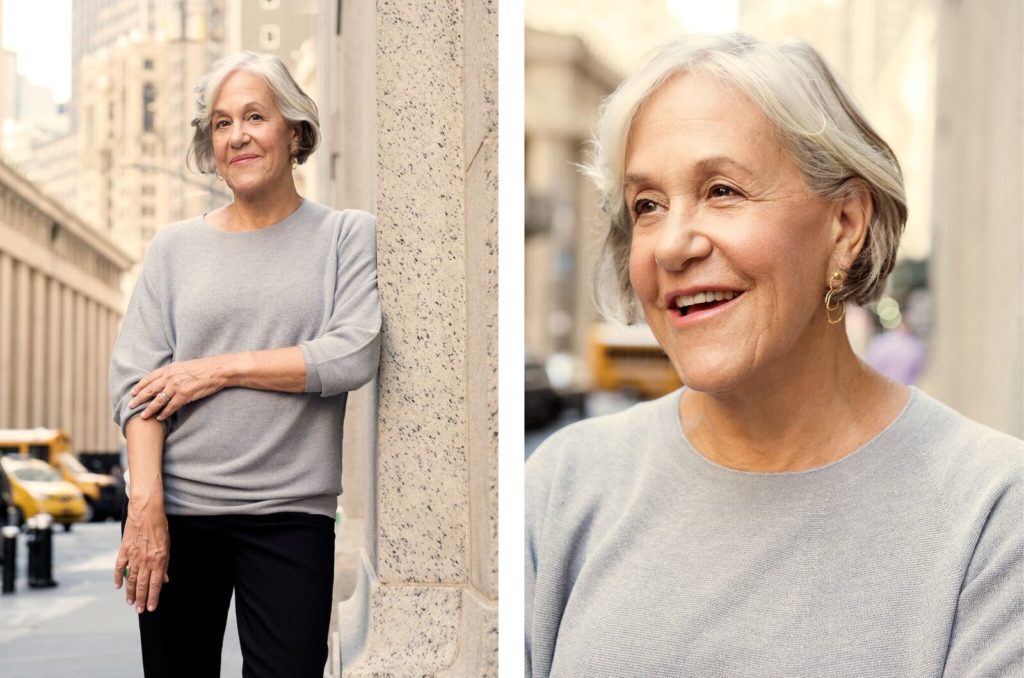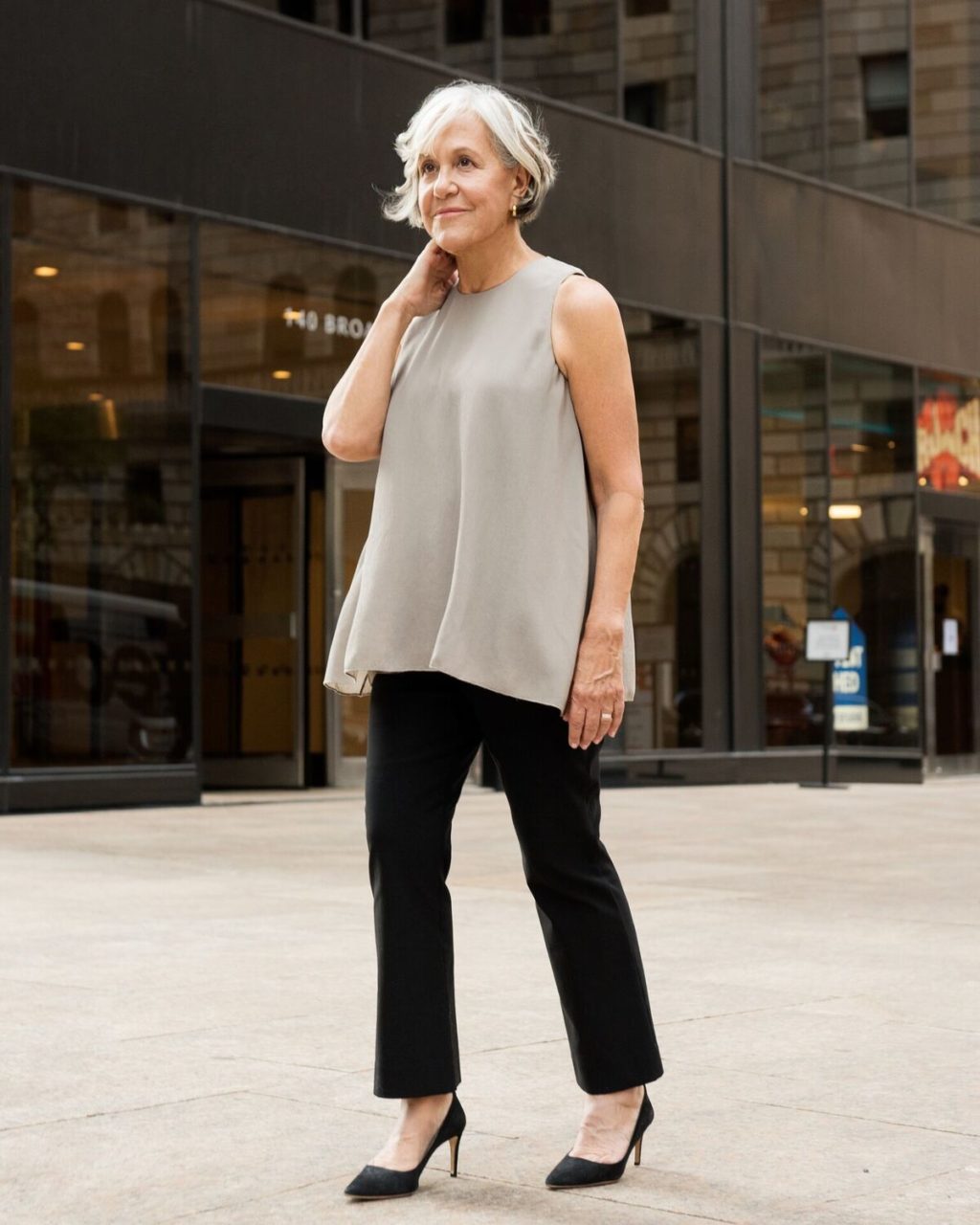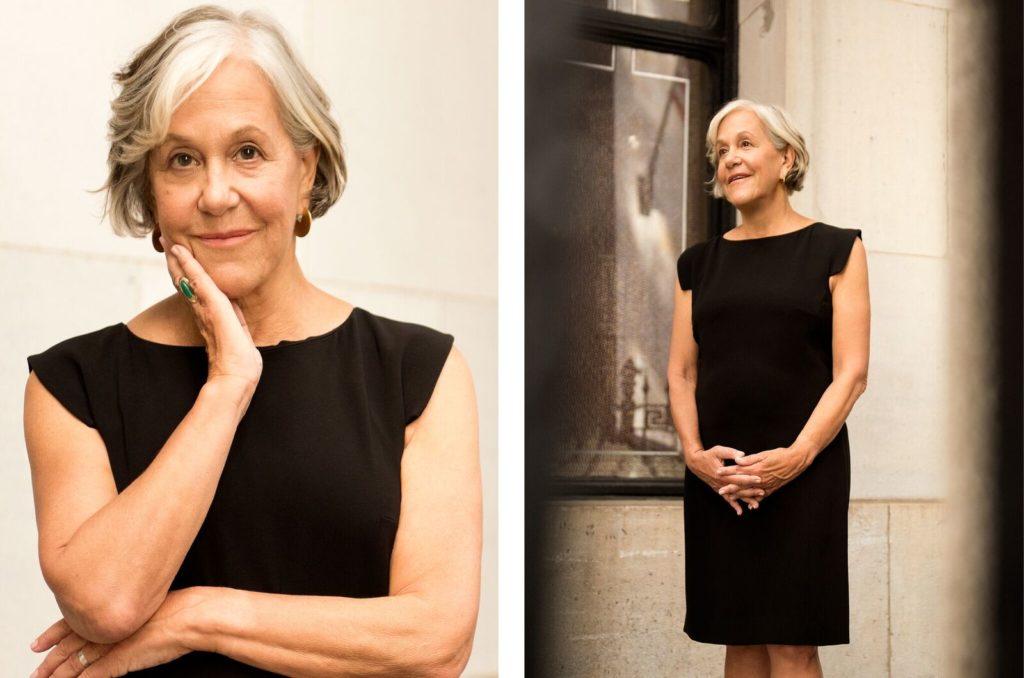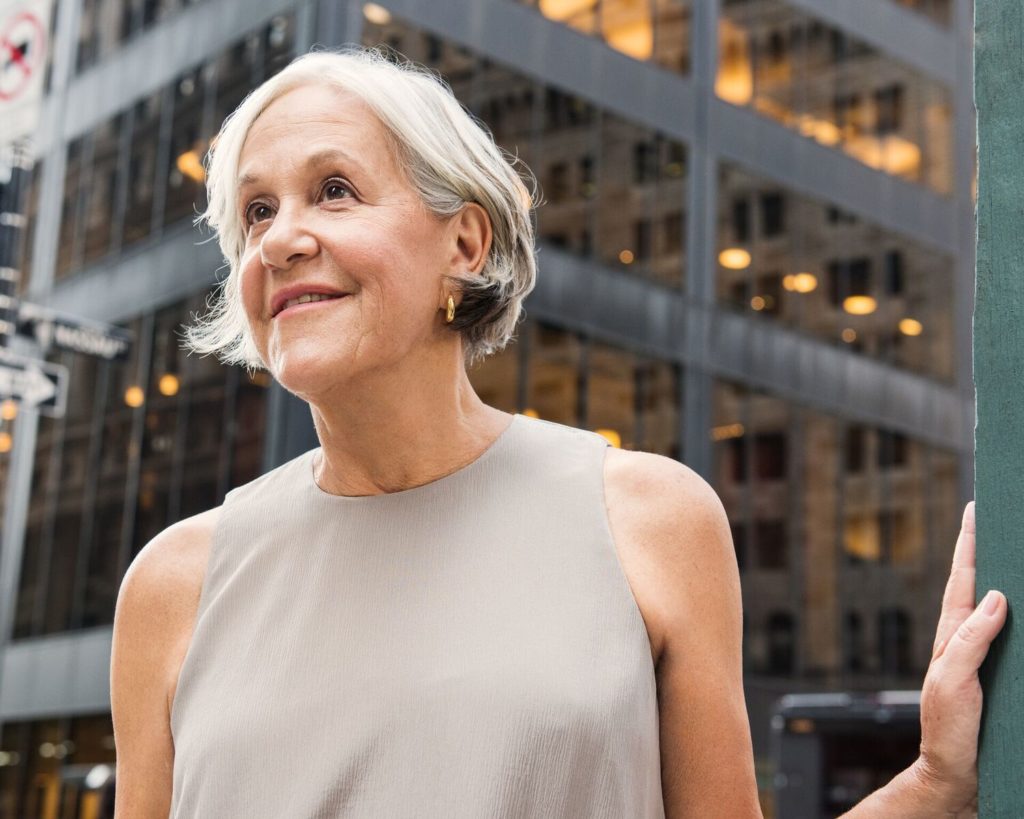The Benefits of a Wandering Mind: Kathryn Lasky’s Boundless Imagination
July 13, 2018 | Filed in: Woman of the Week
One of the most prolific, wide-ranging minds in modern literature, Kathryn Lasky has published over 100 books, ranging from illustrated biographies to award-winning novels to a wildly popular children’s fantasy series about owls (The Guardians of Ga’Hoole, anyone?). She has also sailed across the Atlantic Ocean with her husband—twice!—and, of course, wrote a memoir about that, too. Here, Kathryn discusses the importance of a great workspace, her love of fashion, and why she refuses to be pigeonholed into a single genre.
I WASN’T A BRILLIANT STUDENT AT ALL, AS A CHILD. When my elementary school teacher called my mom and said, “Kathryn isn’t paying attention, and her mind seems to wander,” my mom said, “You know, I think Kathryn is like that Elizabeth Bishop poem. She gazes out the window, a distracted learner in the classroom of life.” She was implying that I had more on my mind than figuring out how to do logarithms or whatever. My mother always believed that I had a unique intelligence, and that I was learning from the wider world.
FROM MY PARENTS, I GAINED A GREAT SENSE OF ADVENTURE. They never felt funny about taking us out of school to go on an interesting trip. I grew up in Indiana, and did a lot of sailing with my dad. When I married my husband, Chris, we had a very small wedding—there were only about seven people there. So my father said, “We want to give you a present. How would you like a boat to go places in?” My husband’s a good sailor, and so my father gave us this 30-foot sailboat. About two years after we got married, when I was 28, we decided to sail across the Atlantic Ocean. I was terrified. But that’s what got me started with writing, because I wrote for Sail magazine during the trip. We don’t do Atlantic crossings anymore, but we still sail our boat up from Boston to Maine in the summer. It’s outfitted with a little desk for me.

Kathryn wears the Chadwick top in heather blue, the Oshima pant in black, and the Oberon earrings.
MY FIRST JOB OUT OF COLLEGE WAS IN NEW YORK, writing fashion copy for Town & Country Magazine, if you can believe it. I had fun with it, although I didn’t have much room on the page. The copy was more like an elongated caption, and I tried to treat it sort of like poetry. My writing was quite different from what they were used to—it was very lively. I do remember one line I wrote, about a wonderful dress, that said, “It takes a plunge at the neckline and comes up ruffling.” It was a bit florid, but that’s what they wanted. A big advertising agency tried to hire me when I was there, but by then I was tired of New York. It was a lonely place for me, and I wasn’t very happy there.
WHEN I LEFT NEW YORK, I DECIDED TO ENROLL IN HARVARD DIVINITY SCHOOL. Don’t ask me why. I lasted one year. Then I got interested in children’s education, and got a master’s degree in education. When I was pregnant with my first kid, I wrote my first children’s book. My little nephew, Tom, gave me the idea for it: He had such a nice relationship with my father, his grandfather, and I thought, I’ll write a book about a grandfather and his grandson spending time together. So I wrote a manuscript, and my husband took some photographs to go with it.
I HAD A WONDERFUL, EASY BREAK WITH MY FIRST BOOK. Once I finished the manuscript, I thought I’d mail it in to Little, Brown and Company, the publisher, which was then based near our house in Cambridge. My husband said, “Don’t just send it in; it’ll land in a slush pile. Why don’t you call them up? Ask to speak to the children’s book editor.” So I did a little research and found out that the children’s book editor was named John Keller. I said, “Oh, I don’t know that I can call him.” And my husband said, “Go ahead. He won’t even answer his own phone, so don’t worry about it.” Well, John Keller did answer his own phone. I stuttered, and said all the things you’re not supposed to say, like, “You’ve never heard of me; I’ve never written a book,” totally denigrating myself. I told him that I’d written this little manuscript about a grandson and a grandfather, and he said, “That’s so weird. I was just thinking right now that we need more intergenerational stories. If you live in Cambridge, couldn’t you just come and deliver it in person?” So I did, and I showed it to him, and he bought it in about ten minutes. Just like that. They published my second book, too. Then I wanted to try a novel, and they didn’t want that, but by then I had met another editor, and she took the novel and it won the National Jewish Book Award. And then I was off.

Kathryn wears the Tiffany top in savannah, the Oshima pant in black, and the Henrietta earrings.
I SEE AUTHORS GIVING IN TO BEING PIGEONHOLED all the time, stuck in a certain track, just repeating their books. And you have to fight it. For me, the whole point of being an artist is to get up every morning and reinvent the world. You have to battle for the right to do that sometimes. For instance, I’ve had enormous success with my animal fantasy books, and Scholastic always wants me to write more of them. And I love Scholastic. But when I wanted to write historical fiction, they resisted. They eventually came around, but I had to be persistent. My ideas do get rejected sometimes. They don’t always land right. Sometimes they’ll get picked up by another publisher if one person doesn’t want them.
I GET A LOT OF IDEAS, BUT SOMETIMES THEY GROW THIN and disappear. I think about a book for probably a year before I write it. If an idea can stick with me for a year, then I know it’s viable. A lot of ideas just sort of fall out of my mind—they just dissolve into the ether or something. It’s not like I’m sitting down every day and saying, “Oh my God, I have 15 ideas here. Which one am I going to work on?” Right now I’m working on three books at a time, but they’re all in different stages. With the first one, I’m just developing the beginning chapters, working on the tone and getting to know the characters. With the second one, I’m done with the first draft and trying to cut it down. And the third is almost finished; I’m just fine-tuning it.
I JUST LOVE MY WORKSPACE. I live in a neat old house in Cambridge that we’ve been in for 38 years. My study is cozy, full of books, and there are two beautiful chandeliers and a fireplace and a wonderful couch with red and white stripes that came from my dad’s office. It’s very Victorian looking. I keep all my little talismans around, like my little Miss Piggy puppet. I love Miss Piggy.

Kathryn wears the Sarah dress and the Henrietta earrings.
IN THE MORNING, I HAVE ONE RITUAL: I always make my bed. Otherwise, I am not a housekeeper. As soon as my husband and I started making money, I got a cleaning lady and outsourced dusting and all that other stuff. But I always make my bed. After that, I read the paper and eat breakfast, and then I get to work. Having children taught me to be very efficient. When my kids were young, I learned how to use even the tiniest increments of time. I found a woman in the neighborhood who would watch them for three hours, three mornings a week, and boy, I worked every second of those nine hours.
I HAVE EXPERIENCED BURNOUT. When our youngest went off to college, I thought, This is fabulous. I’m going to have so much time to work. And I sat down and wrote for 12 hours a day for three days straight, and I wrecked my back. It’s interesting when you bump up against your limit. In some ways, it’s a blessing when your body lets you know that you’re going too hard, as painful as it can be. Some people don’t get that kind of physical reaction, and they just burn out mentally instead. I don’t really get mental burnouts, at least in the more dramatic sense. I can usually tell when I’m too tired to figure out a problem in the narrative, and I’ll come back to it tomorrow and solve it then. And I do—I always solve it.
I LOVE FASHION. I read about it online and I’m very interested in it. When I get dressed, I don’t want to play into preconceived ideas about a children’s book writer. I don’t want to look like Old Mother Hubbard, or the Old Woman Who Lived in a Shoe. I dress nicely, and I spend a fair amount of money on clothes. I’m about to go give a speech at Oxford, in England, and I’m going to wear a 20-year-old Armani jacket that I have, with black satin pants and a black satin shirt with a sparkly pin on the lapel. I don’t want to come swaggering in wearing a big full skirt, because these are academic types—not too glitzy—but I like to dress up. I think my style has a slightly Japanese twist to it; I like unusual cuts and shapes. I recently saw a fabulous exhibit on Georgia O’Keeffe, and she’s a big inspiration for me, in terms of how she dressed. She sewed a lot of her own clothes, and she had great style. Talk about a woman with a great imagination.

Kathryn wears the Tiffany top in savannah, the Oshima pant in black, and the Henrietta earrings.
Photos by Matthew Priestley





